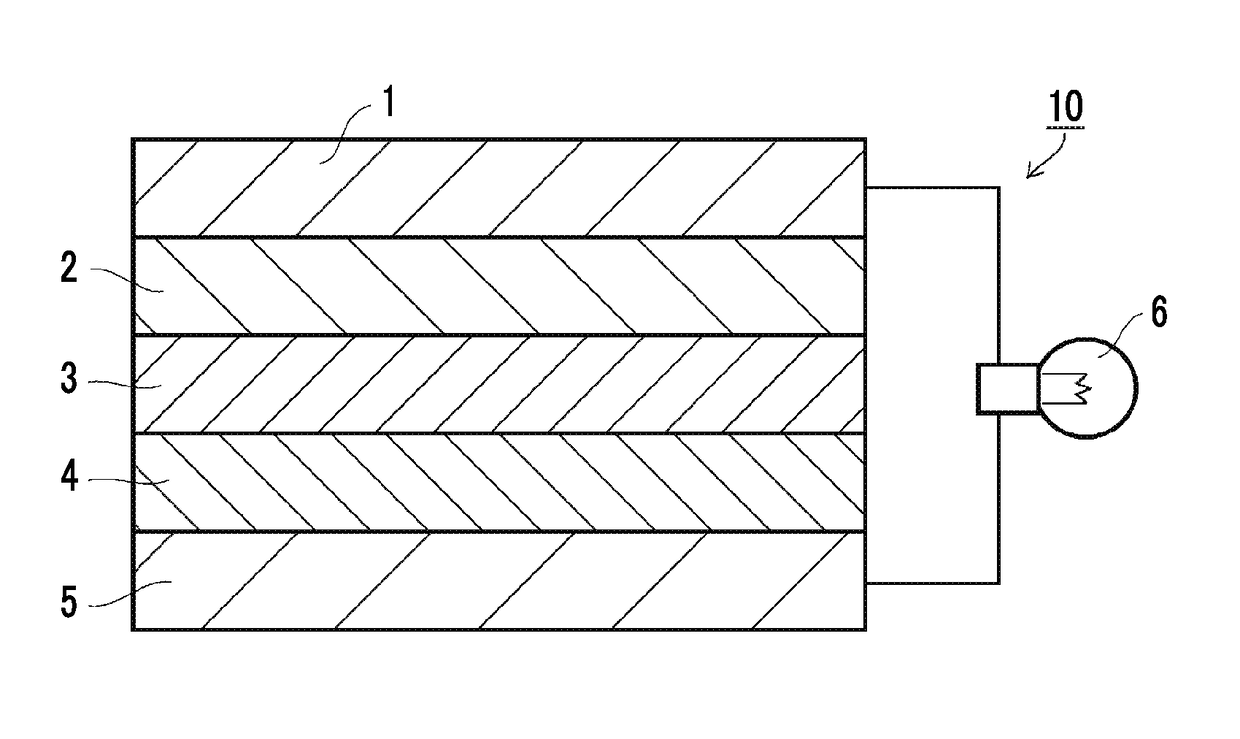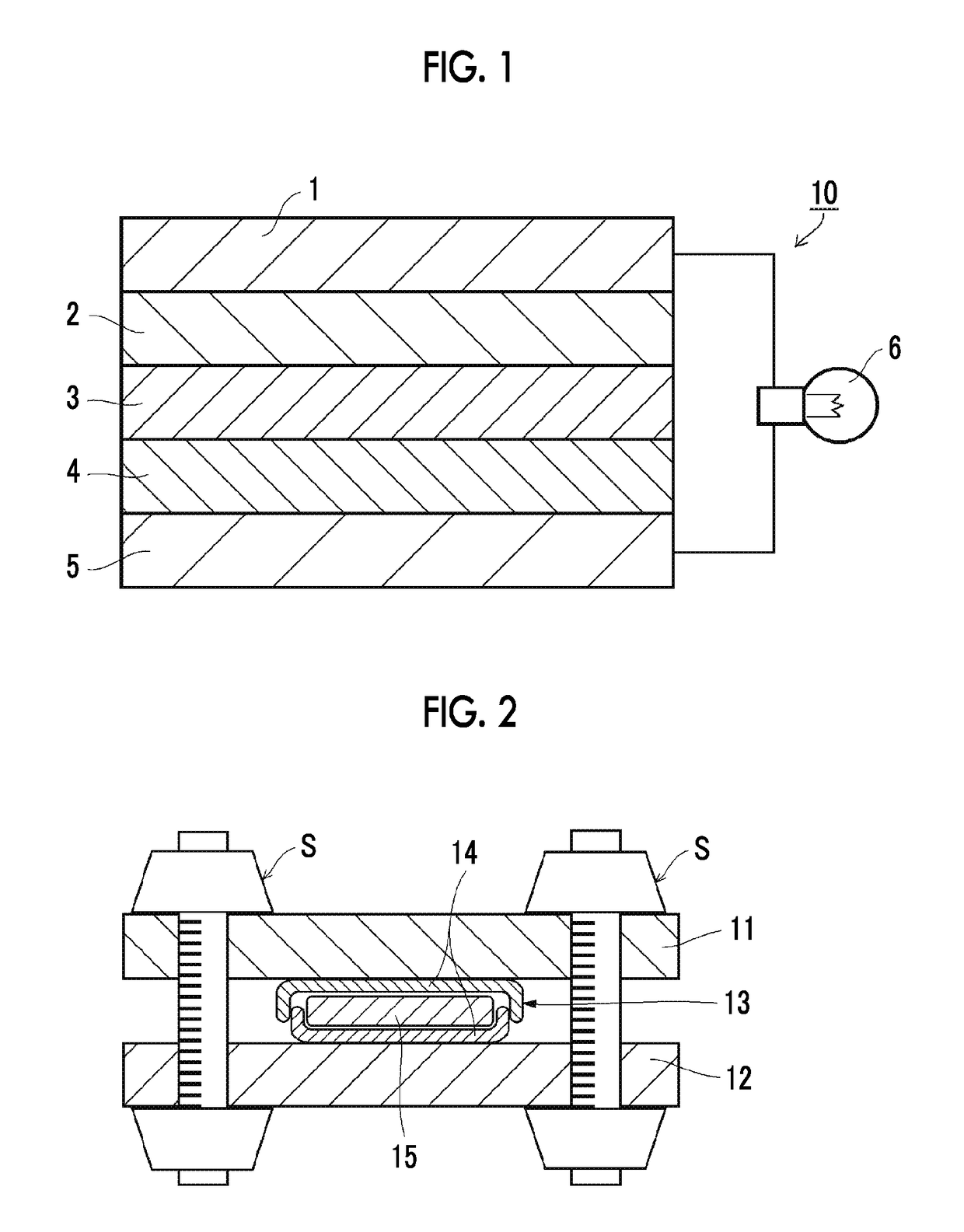All-solid-state secondary battery, solid electrolyte composition and electrode sheet for batteries used in the same, and manufacturing method of electrode sheet for batteries and all-solid-state secondary battery
a technology of all-solid-state secondary batteries and manufacturing methods, which is applied in the direction of cell components, final product manufacturing, sustainable manufacturing/processing, etc., can solve the problems that the polymer compound binders disclosed in the documents above may not meet the high standards currently required, and achieves high mechanical characteristics, improves the ion conductivity of inorganic solid electrolyte, and improves the effect of binding properties
- Summary
- Abstract
- Description
- Claims
- Application Information
AI Technical Summary
Benefits of technology
Problems solved by technology
Method used
Image
Examples
example 1
Synthesization Example 1
Synthesization of Butyl Cellulose (P-1)
[0193]80.0 g of cellulose (manufactured by Nippon Paper Industries Co., Ltd.: KC FLOCK W400) and 1,800 mL of dimethylacetoamide were added to a 5,000 mL three-neck flask provided with a reflux condenser, a mechanical stirrer, a thermometer, and a dropping funnel, stirring was performed at 120° C. for two hours, 150.0 g of lithium chloride was added, and stirring was continued for one hour. After a reaction solution was returned to room temperature, 100 g of powdered sodium hydroxide was added, and stirring was performed at 60° C. for one hour. While the reaction solution was cooled in a water bath, 80 mL of butyl iodide was dropwisely added, and further stirring was performed at 50° C. for three hours. After the reaction, the solution was returned to room temperature, the reaction solution was added to 12 L of methanol while intensely stirring, so as to precipitate a white solid. After a white solid was separated by suct...
PUM
| Property | Measurement | Unit |
|---|---|---|
| Percent by mass | aaaaa | aaaaa |
| Percent by mass | aaaaa | aaaaa |
| Percent by mass | aaaaa | aaaaa |
Abstract
Description
Claims
Application Information
 Login to View More
Login to View More - R&D
- Intellectual Property
- Life Sciences
- Materials
- Tech Scout
- Unparalleled Data Quality
- Higher Quality Content
- 60% Fewer Hallucinations
Browse by: Latest US Patents, China's latest patents, Technical Efficacy Thesaurus, Application Domain, Technology Topic, Popular Technical Reports.
© 2025 PatSnap. All rights reserved.Legal|Privacy policy|Modern Slavery Act Transparency Statement|Sitemap|About US| Contact US: help@patsnap.com



